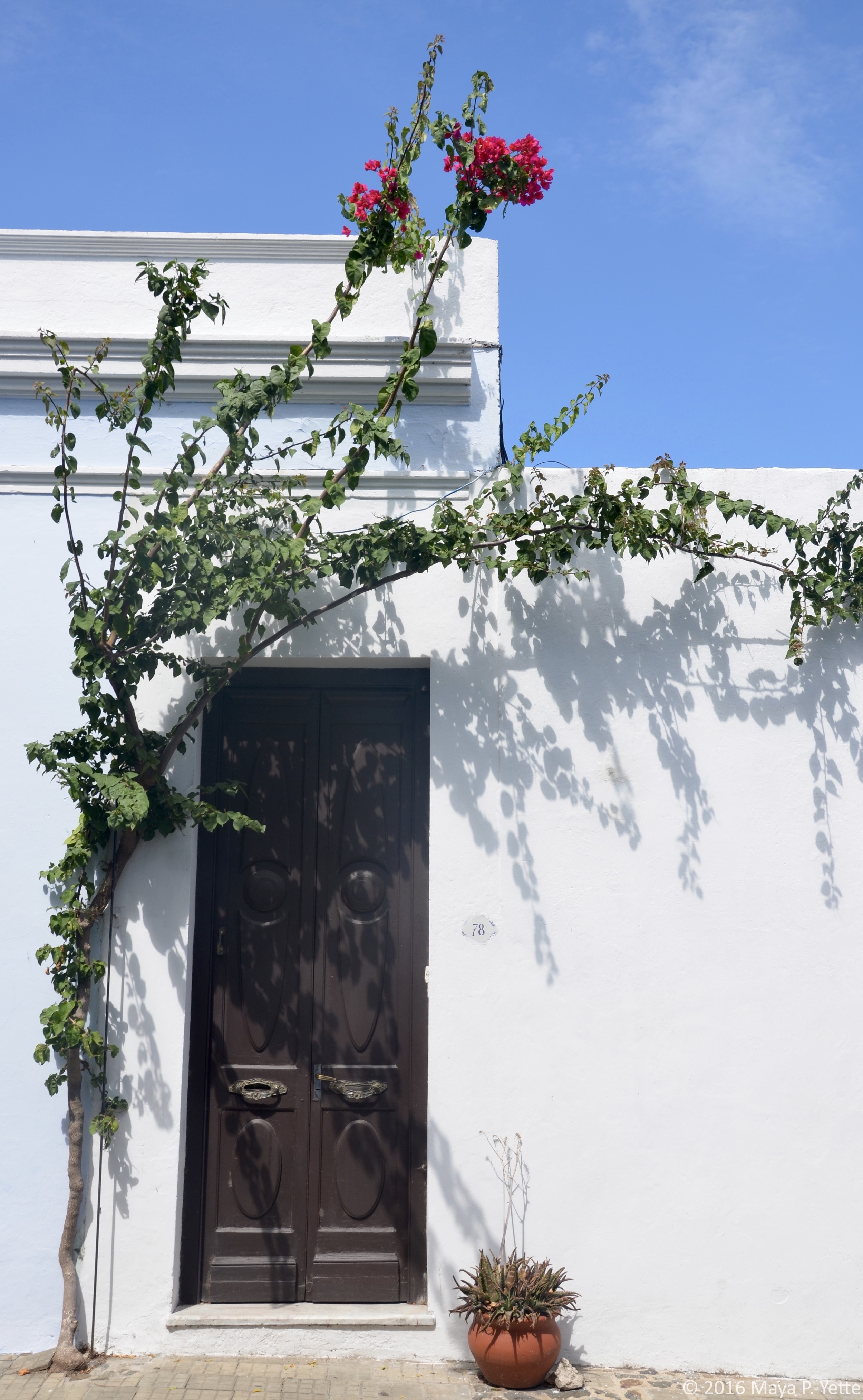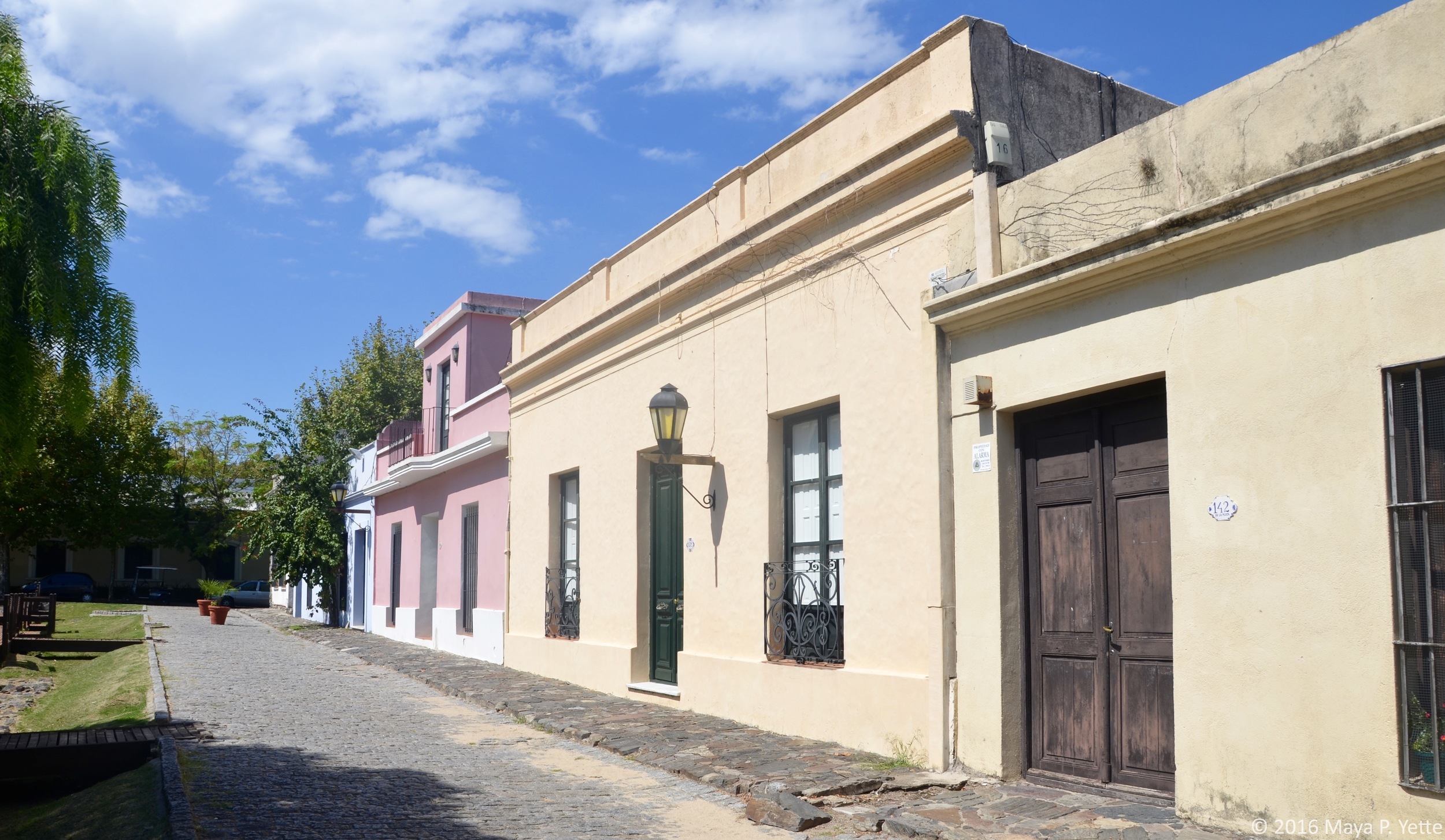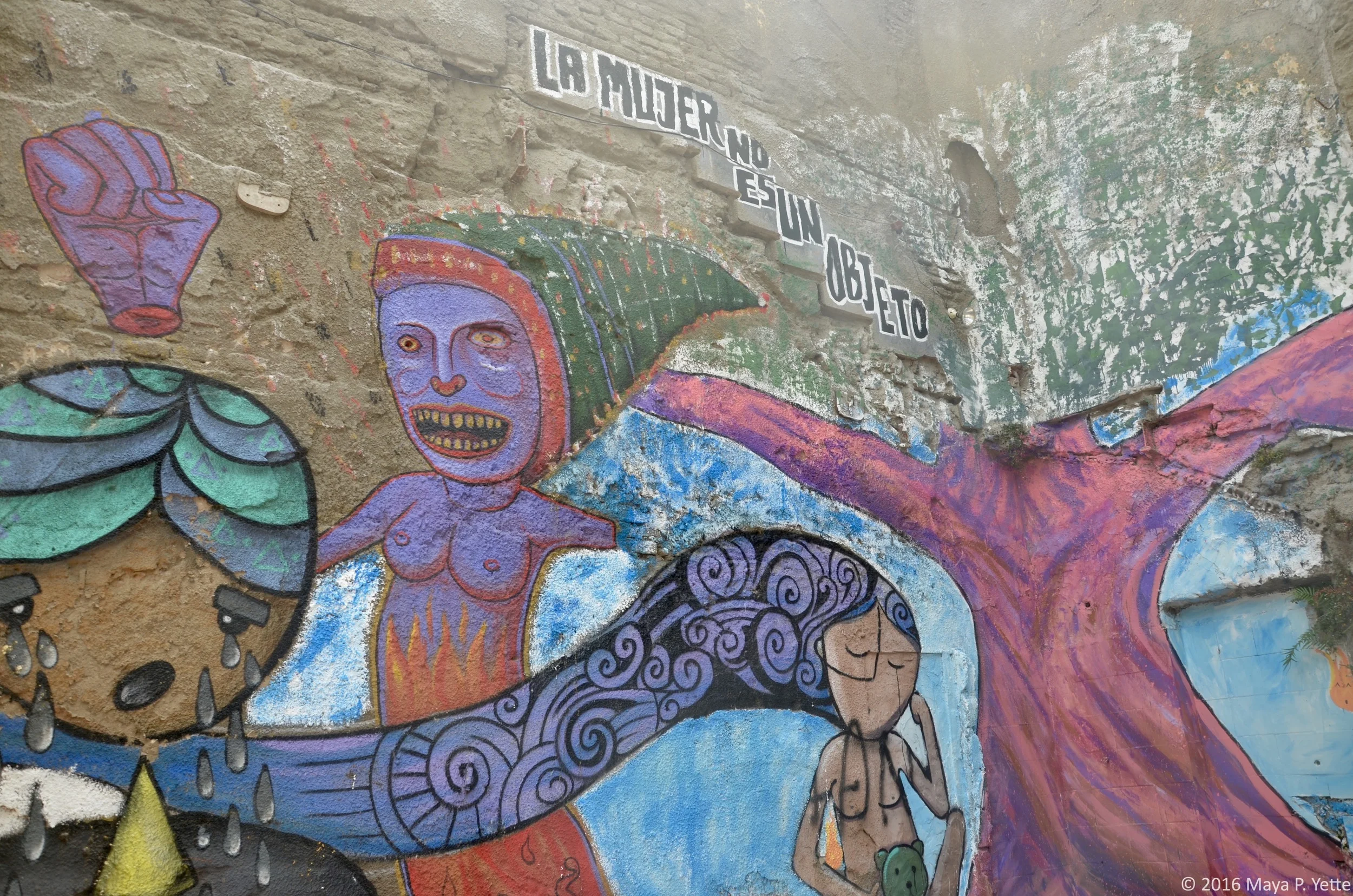Despite the abundance of things to do in Buenos Aires, I recently decided to take a break from the city and head back across Río de La Plata (the river that separates Argentina and Uruguay) to Uruguay. I spent the day with a couple of friends exploring the historic quarter of Colonia del Sacramento, a UNESCO World Heritage Site. After a quick ten-minute walk from the ferry terminal, we found ourselves entering the historic quarter of Colonia del Sacramento through the old city gate.
Colonia del Sacramento was founded in 1680 by the Portuguese as an important defensive port against the Spanish. The Portuguese ultimately lost Colonia del Sacramento to the Spanish nearly a century later, and UNESCO describes the historic quarter as “a successful fusion of the Portuguese, Spanish and post-colonial styles.” I don’t know enough about the difference between the Portuguese and Spanish styles to tell the difference, but I couldn’t get enough of the tree-lined cobblestone streets, picturesque doorways and ceramic plaques that were scattered throughout the historic quarter.
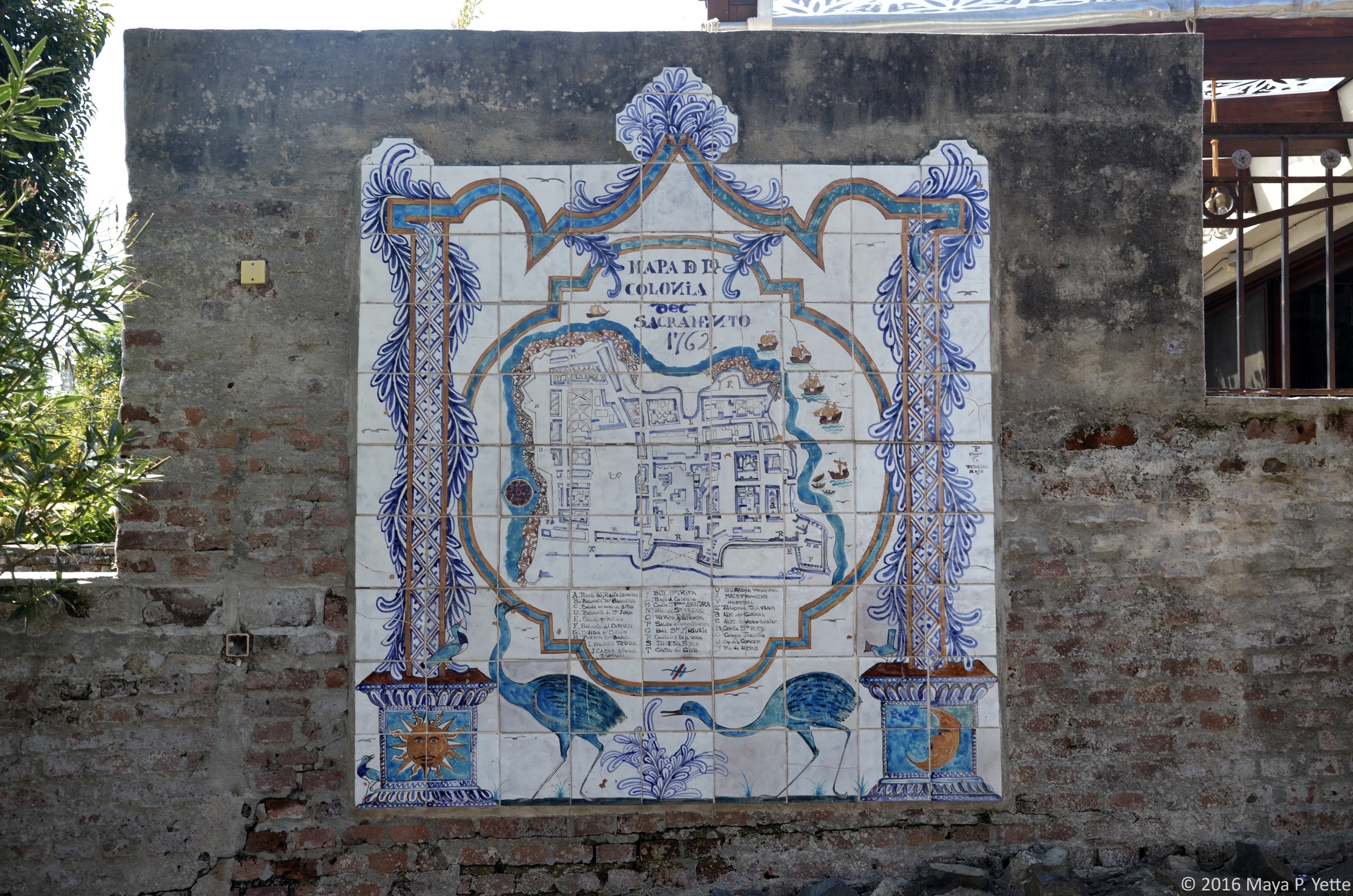
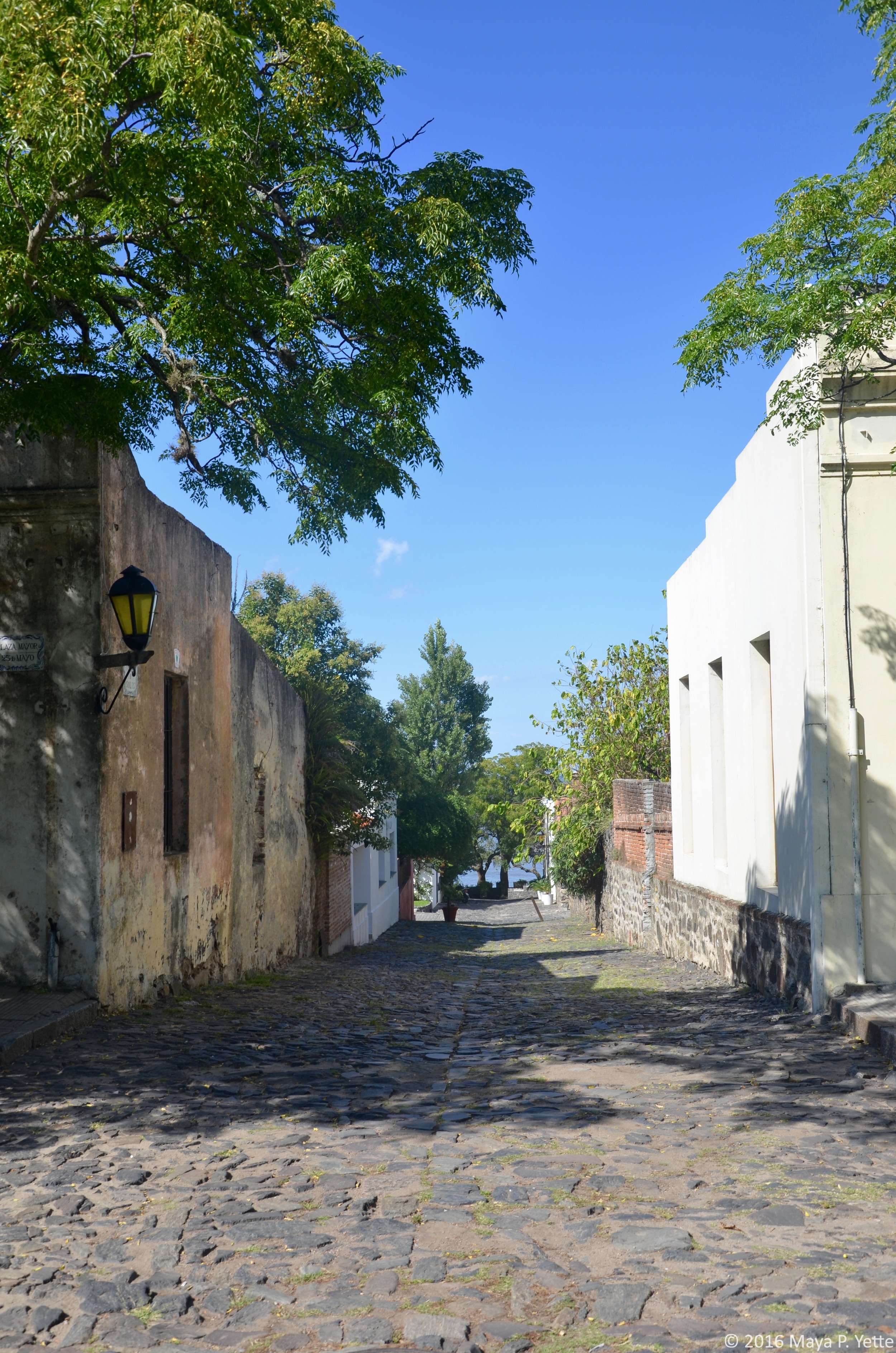
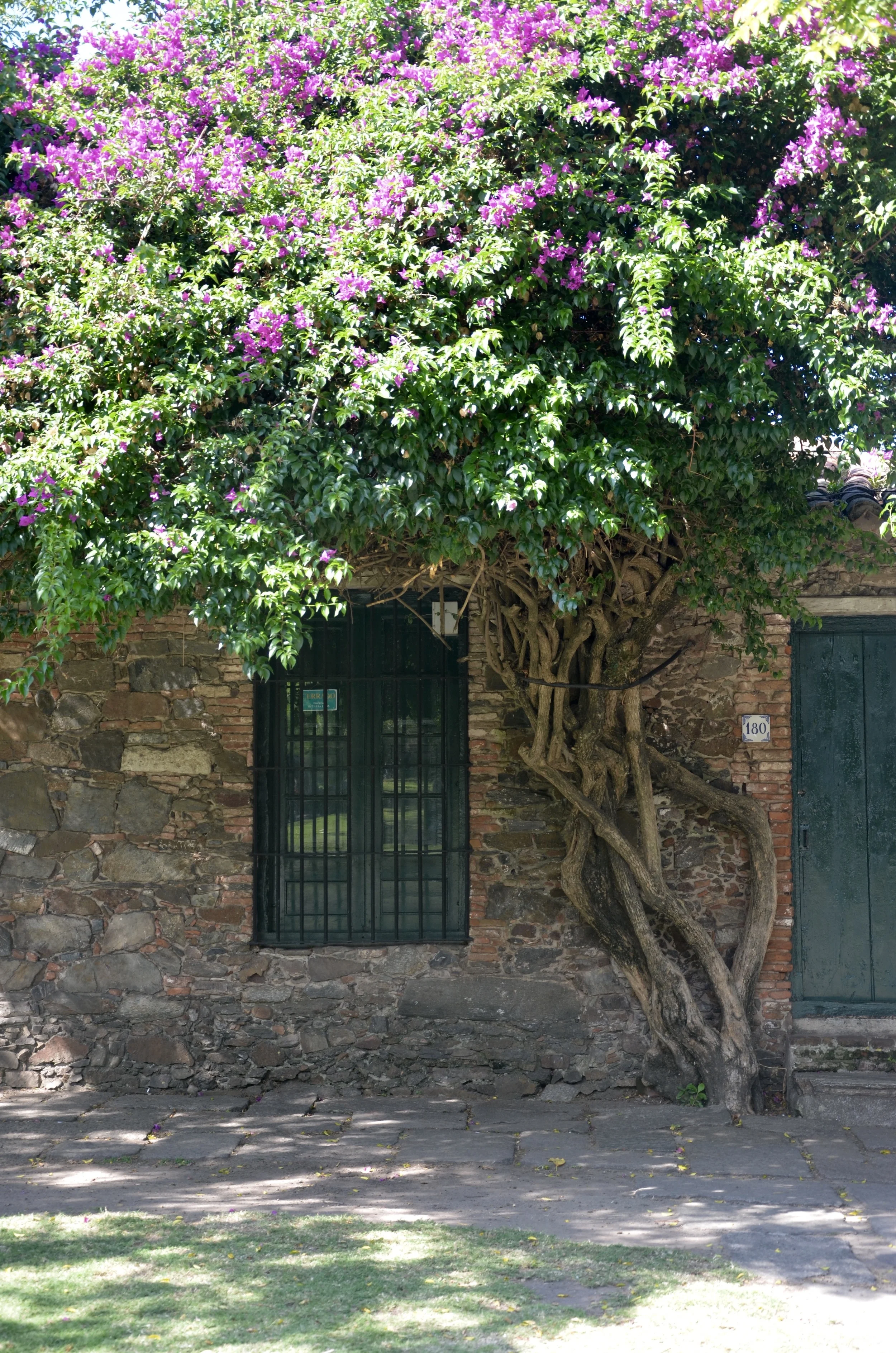
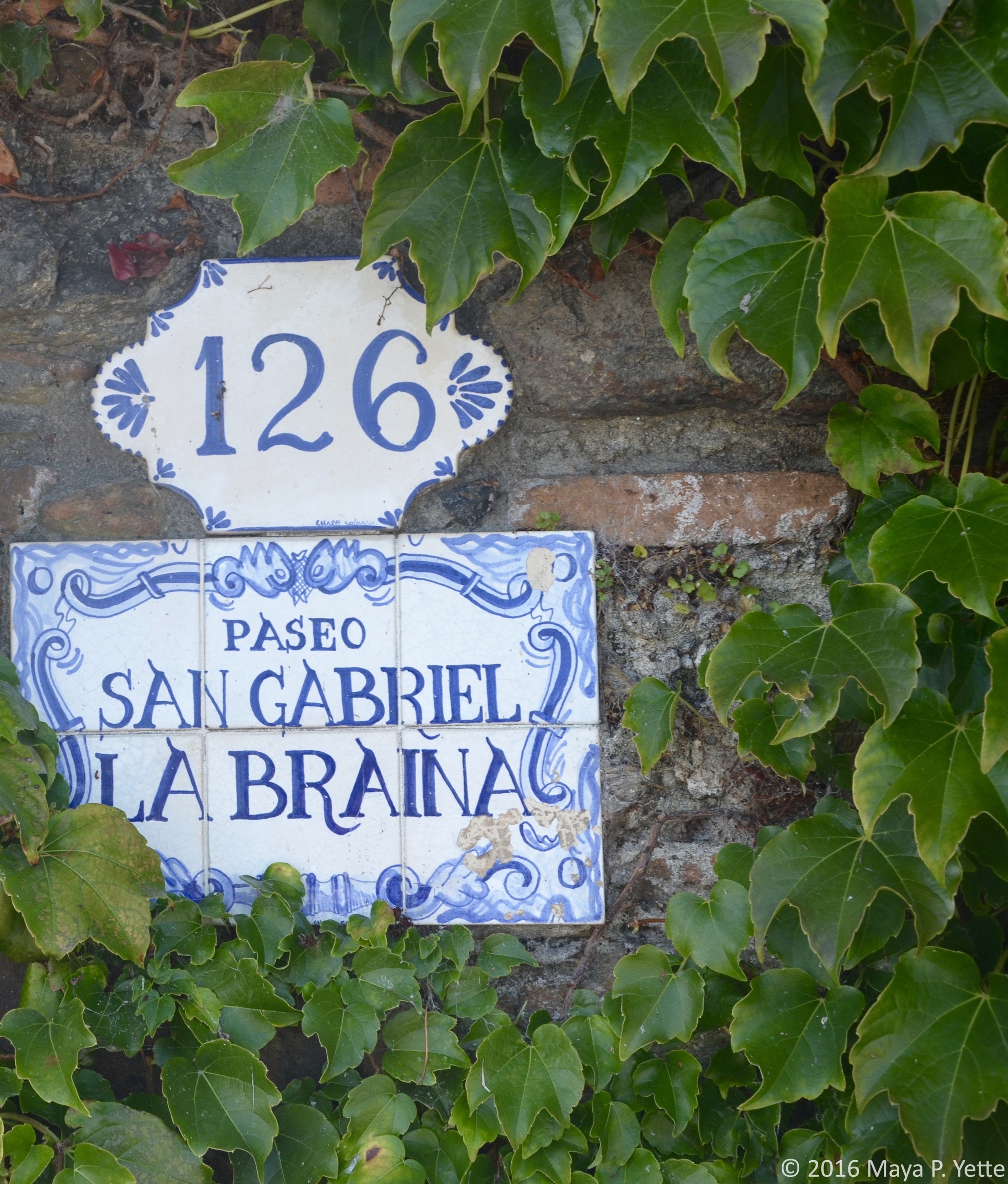

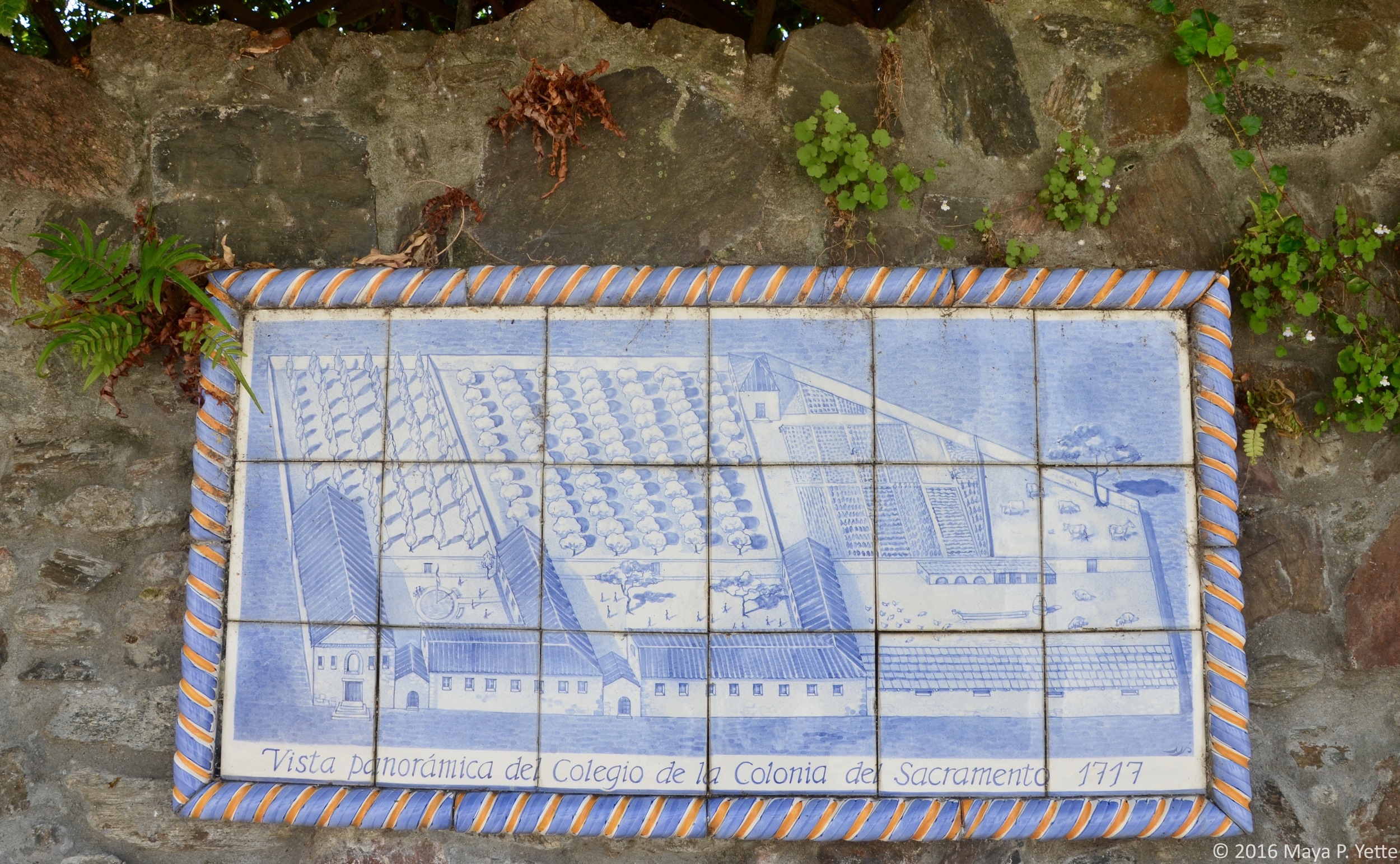
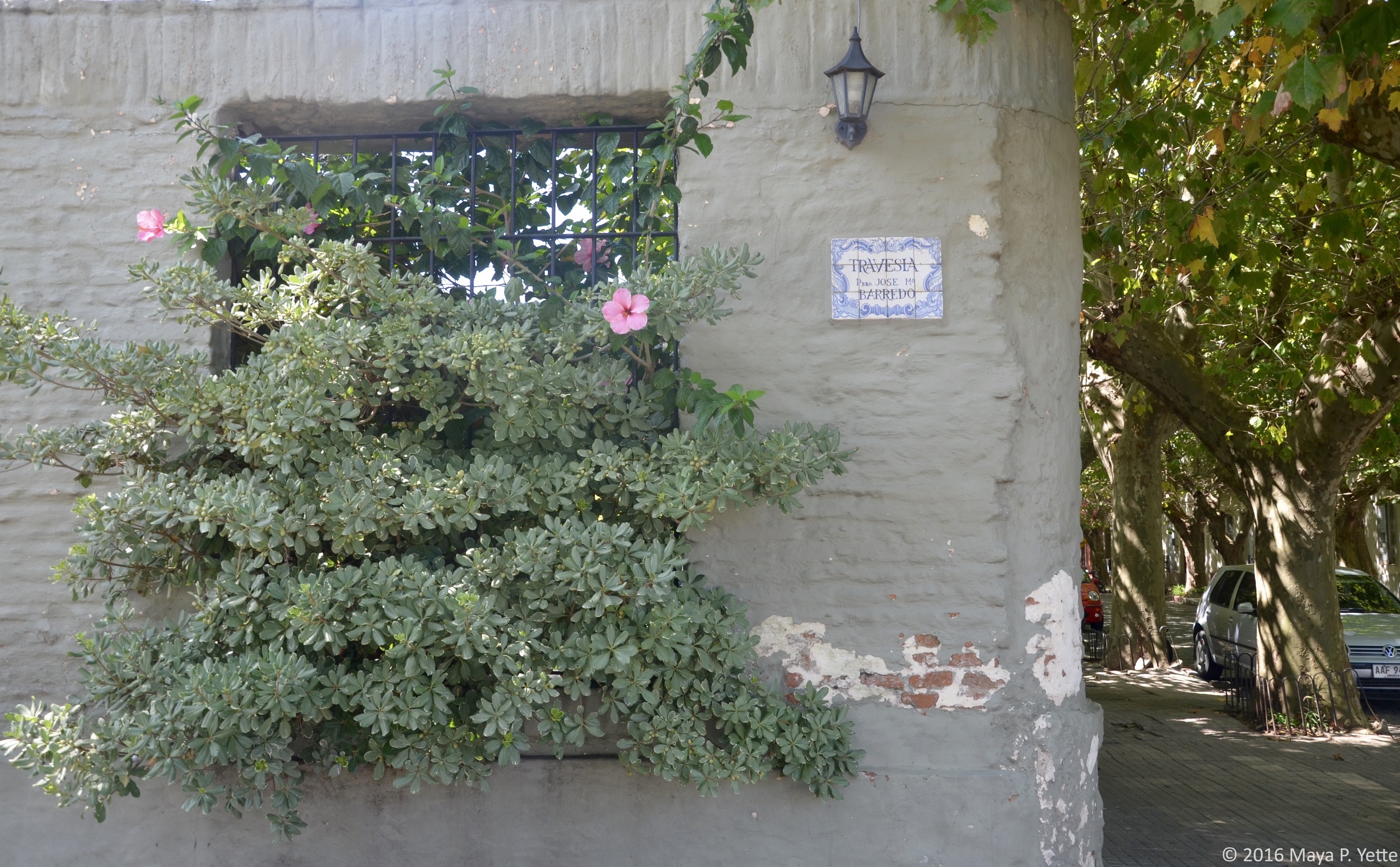
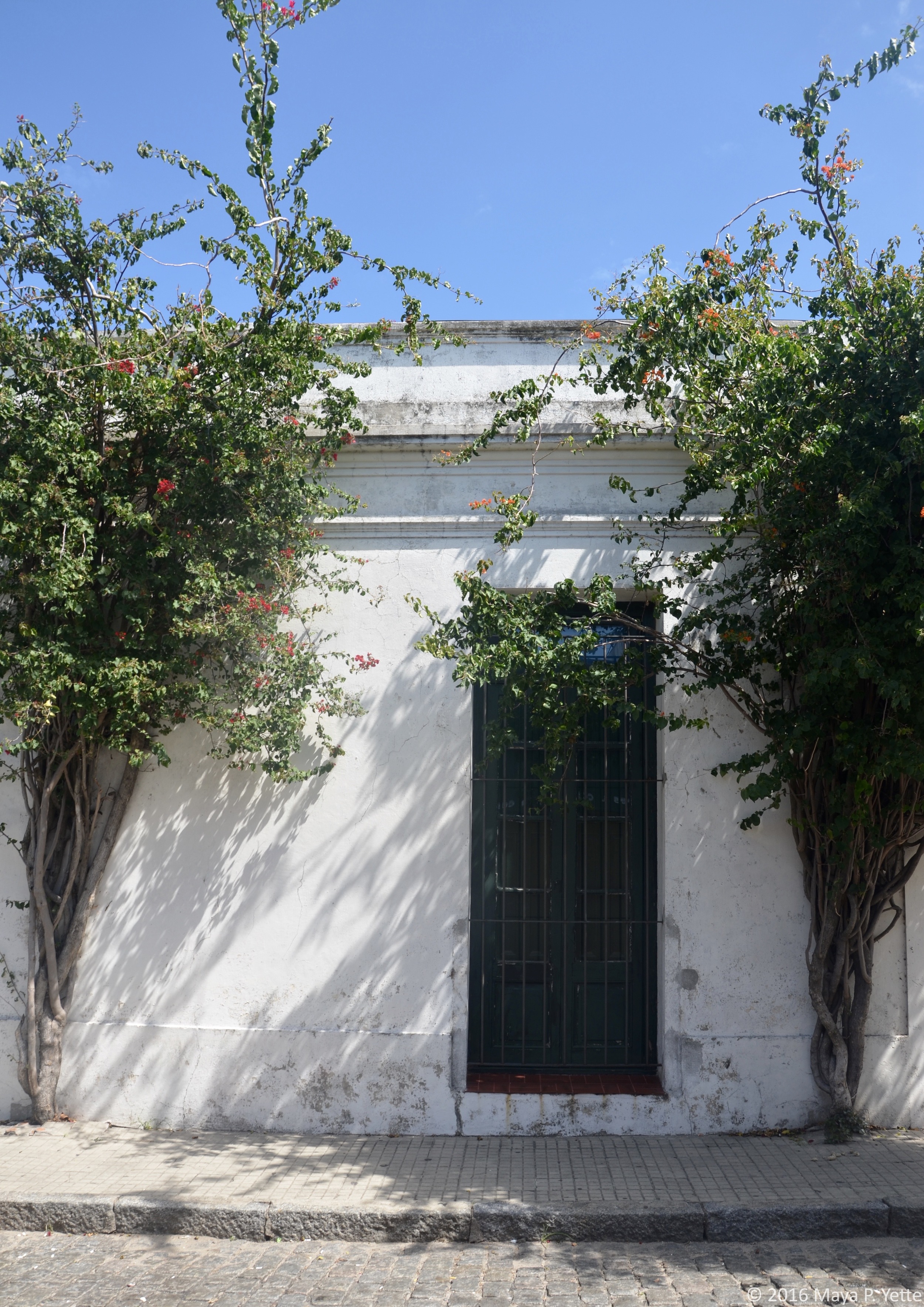
There’s not much to do in the historic quarter other than walk around and admire the ruins (though I hear there are also some museums, none of which we visited), so one full day was plenty for us, and easily accomplished with a two-hour round trip ferry from Buenos Aires.
We began with breakfast at Charco, a hotel with a great bistro that sits right on the river. After breakfast, we walked around town taking pictures and exploring. In the middle of the historic quarter sits the former “Plaza de Armas”, which has been renamed Plaza Manuel Lobo after the founder of Colonia del Sacramento. Stone ruins of old buildings that used to surround the Plaza can be viewed from its walkways.
The historic quarter is also home to a lighthouse attached to the ruins of the 17th century San Francisco Convent, which we felt obliged to climb. While it’s always interesting to gain a new perspective on a place, the views from Colonia del Sacramento’s lighthouse were no match for those we got from the lighthouse in Cabo Polonio, another town along Uruguay's coast.
After our morning stroll through the historic quarter and climb up the lighthouse, we were ready for lunch. Options in Colonia del Sacramento are limited midday as many restaurants don’t open until dinnertime, but we managed to find some food to hold us over until we got back to Buenos Aires. After lunch, we took another walk through the town, stopping in some of the shops and boutiques we’d noticed in the morning. After we had our fill of shopping, we stopped for ice cream and walked along the old stone walls that surround the historic quarter.
As the sun started to dip lower in the sky, we headed towards the riverbank and sat at one of El Torreón’s outdoor tables to watch the sunset with a glass of wine. We were so engrossed watching the sky light up in shades of orange and red that we nearly missed our ferry back to Buenos Aires, but it was well worth it and the perfect end to our day!






